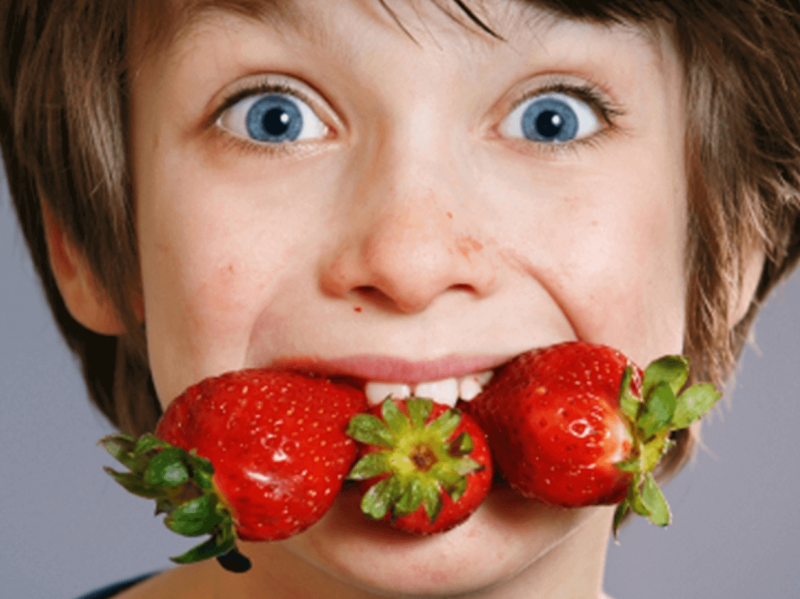It’s that time of the year when the Environmental Working Group produces its “Dirty Dozen List” – foods they believe you should fear the most.
…
Each year, as part of the Pesticide Data Program, the USDA engages in random sampling of pesticide residues to confirm the safety of food, and each year the EWG takes their results and manipulates the findings to claim just the opposite. But for a lot longer than the USDA has been testing for pesticides, we have known that ‘the dose makes the poison.’
…
Risk is hazard times exposure. Without thinking about exposure, and just using hazard, we get claims that apples are full of pesticides and that bacon causes cancer. EWG ignores the exposure part and declares hazard equal to risk. That leads to them creating a Bell Curve for food. In real terms, all food in America gets an A+ grade but on an EWG Bell Curve, apples are scary if the random samples show only 92% detections below 1/10th of tolerance.
It’s miniscule.
The GLP aggregated and excerpted this blog/article to reflect the diversity of news, opinion, and analysis. Read full, original post: EWG’s Dirty Dozen List – A Bell Curve For Food Elites































